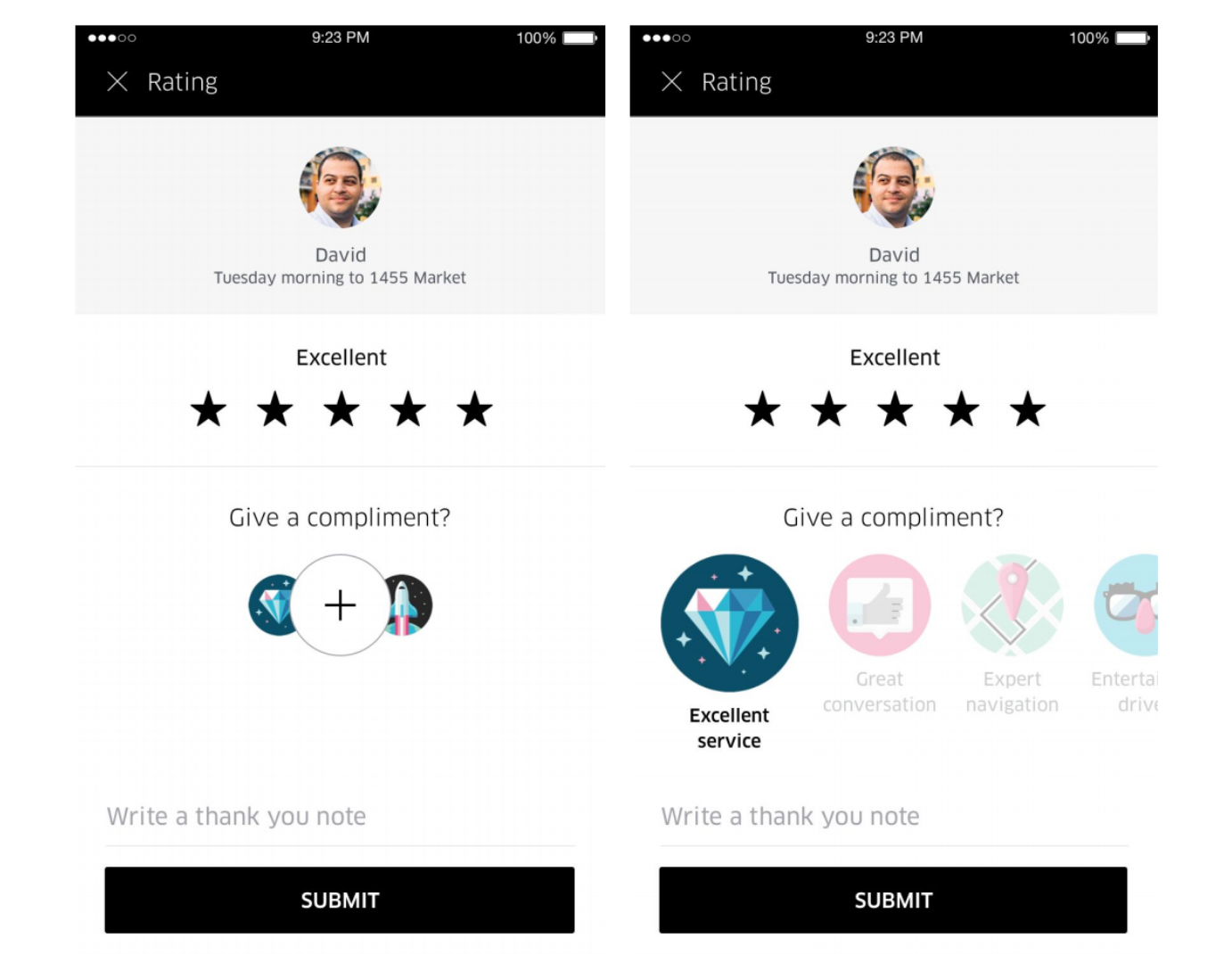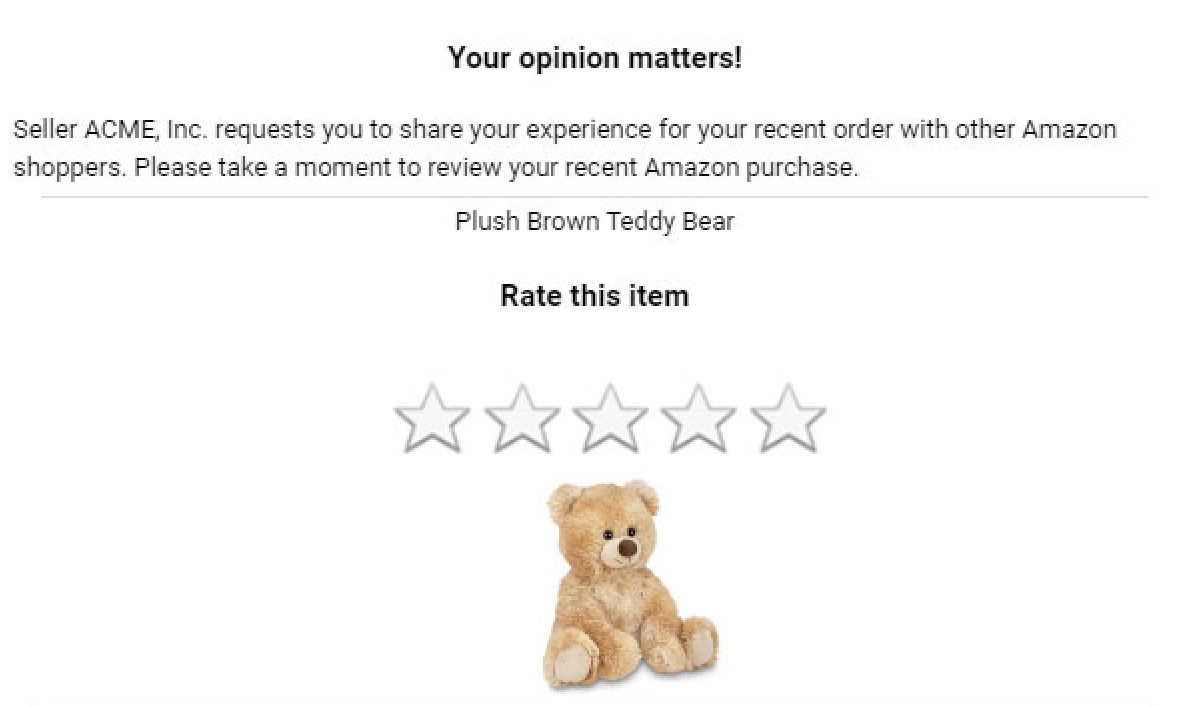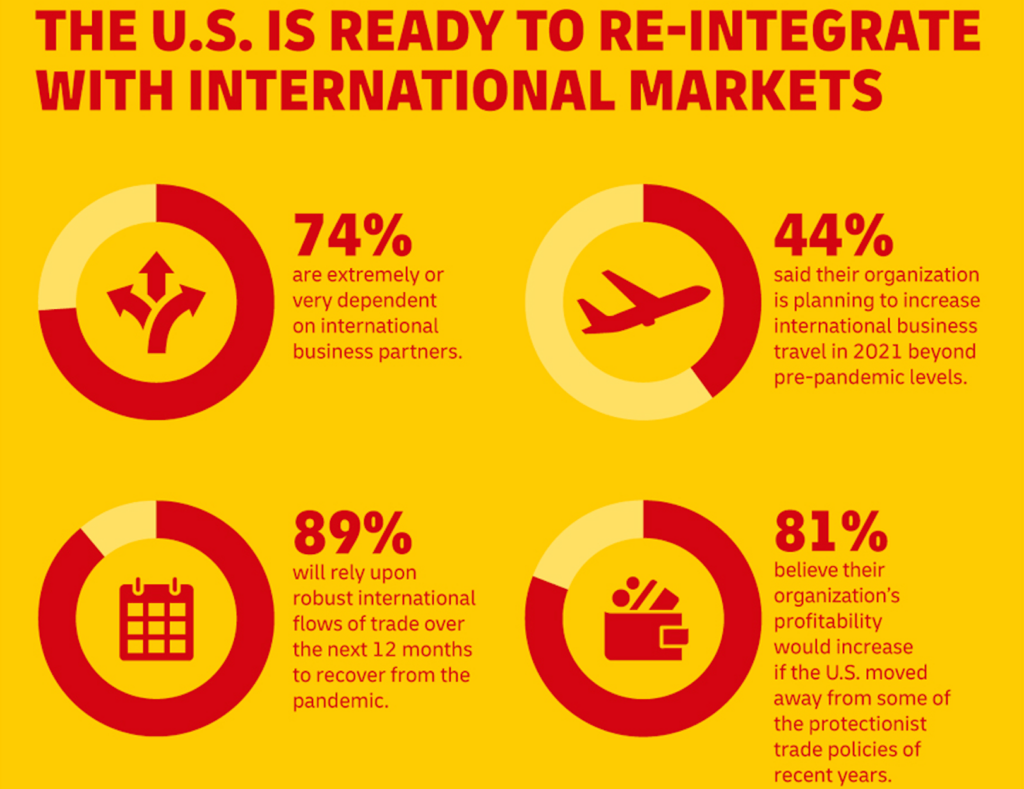Today, the Voice of the Customer (VoC) is a crucial businesses strategy for enhancing customer engagement, driving sales and increasing retention.
In this article, we’ll explore eight examples of companies leveraging VoC to improve their products, customer service, UX, and accessibility – demonstrating the real benefits of prioritizing customer feedback.
What is Voice of a Customer (VOC)?
Voice of the Customer (VoC) is a business strategy that helps you understand your customers. While it started as a market research tool, VoC has become more than that, allowing companies to gather and respond meaningfully to customer feedback.
The strategy covers the main touchpoints of the customer journey, from initial contact to post-purchase, to improve the customer experience.
It is applicable in many fields, especially in UX. As a result of giving consumers the ability to listen to their feedback actively, businesses are able to pinpoint both the positive and negative aspects of their user experience.
Because of this, interactions can be improved and made more seamless by implementing targeted changes that address particular customer concerns.
In one of our Women in UX interviews, Kelly Jura, VP of brand and user experience research and designer, states:
The saying further emphasizes the importance of closing the feedback loop as one of VoC’s key advantages.
The old way of obtaining feedback was usually a one-way channel, but this changes everything. All input is analyzed and used to make real improvements. For example, if customers consistently complain about a particular feature of an app, that feedback can guide the UX team in making necessary changes.
After those changes are implemented, additional feedback ensures the issues have been resolved, maintaining a cycle of continuous improvement.
Let’s have a look at some of these examples and how they are implemented:
7 Voice of Customer Examples

It’s one thing to understand why customer feedback is crucial, but putting it into practice effectively is another story. To help you see how this can be done, we’ve gathered eight real-world examples of companies that excel at using Voice of Customer (VoC) strategies.
1. Allianz
Allianz operates in the insurance and financial services sectors, using customer feedback to refine the user journey and tackle issues that aren’t immediately visible.
How Allianz Implemented VoC
Allianz uses both passive and active feedback tools. Passive feedback comes from a website button where users can share their thoughts. Active feedback is gathered through an exit survey that triggers when a user shows signs of leaving a page.
This helps identify why users are abandoning their sessions and improve their website.
Below is an example of the exit survey they implemented, which triggers when users want to exit the page. This addition helps them learn how informative users find their website.
Learn more about how Allianz optimizes conversation with feedback.
2. Netflix
Netflix is known for its innovative approach to user experience. They continuously find new ways to improve users’ interactions with their platform, from browsing to movie streaming.
How Netflix Implemented VoC
They initially used a 5-star rating system, which lasted for a couple of years before switching to a simpler and more accessible “thumbs-up/thumbs-down” icon.
Design-wise, the reason behind this is that users are more likely to “like” or “dislike” a movie they watch, thereby helping the algorithm learn how to cater to their preferences. Also, on a side note, who wouldn’t want to give their favorite movie a thumbs up?
What returns did Netflix achieve with its VoC program?
Switching to thumbs up/down led to a significant 200% increase in user engagement. This change clarified user feedback and improved content recommendations, making the viewing experience more personalized and enjoyable.
A simple thumbs-up/thumbs-down rater is often the most intuitive choice for straightforward customer engagement and feedback. If the goal is to measure customer loyalty, a Net Promoter Score (NPS) and a text field are recommended.
3. Uber

Uber’s dual customer base of drivers and passengers presented a special difficulty in gathering feedback. To improve the app’s user experience overall, they had to ensure that both groups’ opinions were heard.
In-app feedback systems were introduced by Uber, allowing users to rate their rides and drivers to rate their users. Due to this feedback loop, Uber was able to continuously monitor and resolve issues from both parties.
Uber could promptly get in touch with the driver to address any issues, for example, if a customer complained about a bad experience.
The results? Thanks to the extensive feedback system, Uber was able to improve driver-passenger interactions, optimize the app’s overall performance, and fine-tune its service. Both drivers and riders benefited from this constant communication.
4. Google

We cannot discuss VoC examples without highlighting Google’s efforts to get the job done in a way that centers the user around the operation.
A great example is the feedback option subtly embedded within the “People also ask” feature that appears alongside your search results. This small but powerful tool invites users to share their thoughts on the relevance and accuracy of the suggested questions and answers.
This approach shows how Google actively gathers user input, beyond just analyzing search patterns.
While data analytics are crucial for understanding general trends, they don’t capture the nuances and specific frustrations or satisfaction users might experience.
The results are numerous: Google gains deeper, more actionable insights by encouraging users to express their opinions directly, which goes beyond what usage statistics alone can tell.
Because Google has a direct line of communication with its users and collects customers’ feedback, it can make more focused and valuable improvements, ensuring that Google’s search features keep evolving to serve users’ needs better.
5. Amazon Web Services

Amazon Web Services (AWS) has integrated a thoughtful in-product feedback system designed to engage users effectively. The process begins with a subtle rating pop-up banner that invites users to rate their experience.
Once the user clicks on the star rating—say, a 5-star option—a feedback window seamlessly opens up at the center of the screen.
This window doesn’t just stop at the initial rating. It invites users to delve deeper by categorizing their feedback, providing a message, and responding to an additional satisfaction-related question.
What makes this method particularly effective is its psychological design. AWS lowers the barrier to initial engagement by prompting users to provide a simple star rating first.
After committing to that quick action, users may feel compelled to continue and share further thoughts. This strategy maximizes the feedback and encourages users to provide more detailed and thoughtful responses.
It’s a clever and highly engaging way to get customers to invest a little more time in sharing their experiences. This ensures that AWS captures comprehensive feedback that can be used to enhance the user experience continually.
6. Mailchimp
Mailchimp’s subtle feedback button gives users a simple yet powerful feedback mechanism.
Here’s how they do it: Upon clicking, the button opens in three ways for users to share their thoughts. Offering multiple formats allows users to choose the one that best suits their needs, whether a quick rating, a detailed comment, or an annotated screenshot.
For instance, if users encounter an issue with a specific feature, they can use Mailchimp’s tools to directly point to elements on the screen or annotate the page.
Mailchimp’s focused feedback provides detailed insights without requiring in-depth explanations, allowing for more effective improvements. However, offering multiple feedback options can sometimes confuse users, causing them to skip the process, which undermines the benefits of variety.
Despite this challenge, the company’s strategy illustrates how providing various feedback methods can be beneficial. The trick is to streamline the options to prevent overload while giving users the flexibility to express their opinions in the most natural way.
Balancing simplicity with effectiveness can enhance the feedback experience and lead to better user-driven improvements.
7. DHL

Another standout example of the effective use of voice-of-customer (VoC) surveys is DHL.
DHL, a global logistics and courier service, gathers customer feedback through well-designed surveys. They deploy these surveys in two primary ways: via email and directly within their app.
For the email surveys, DHL contacts customers after delivery to gauge their experience. These surveys focus on various aspects, such as the quality of service, timeliness, and overall satisfaction with the delivery process.
DHL can determine where improvements are needed and where the service excels by asking focused questions. For example, if customers frequently mention delays or issues with package handling, DHL can address these specific problems to enhance their logistics operations.
One key benefit of DHL’s approach is its ability to measure service performance and customer satisfaction comprehensively. The feedback collected through these surveys feeds directly into its quality improvement processes.
For instance, if a survey reveals customers are frustrated with delivery delays, DHL can investigate and address logistical bottlenecks more effectively.
If you look at the examples mentioned above, you will probably notice a pattern: every brand was proactive in seeking out qualitative and quantitative user feedback.
What can we learn from these voice of customer examples?
We can take more lessons from the examples above, like:
- Simple feedback methods encourage participation
Businesses that invest in streamlining feedback tools can significantly boost user engagement. Netflix, for example, transitioned from a star rating system to a simple thumbs-up or thumbs-down system. Even though it feels too simple, a simple animation can sometimes spark users’ interest in engaging with your product.
After Netflix implemented this, more viewers began to use the new rating system, which means more engagement and better insights regarding customer growth.
- Getting feedback using exit surveys
Sometimes, when users try out your product, they forget to leave feedback when leaving. But when you have an exit survey, like the one used by Allianz, you have a better and more accurate way to measure why users leave your site. You get to hear whether it’s a case of missing information, confusing layout, or anything else.
With this approach, you can quickly identify and address issues that could be causing drop-offs, leading to improvements that can make future visits more successful.
- Anticipate your user’s next question
Google has fine-tuned the art of predicting user queries before they even think of them over the years. This is also called anticipatory design.
It is made possible by analyzing user behavior and feedback through pixel tracking and your browsing experience to customize your experience as much as possible. Now, users find what they need with less effort, showcasing how predicting user needs can improve satisfaction.
- Offer multiple feedback channels for better insights
One of the best ways to serve customers is by providing them with options. If you are developing a mobile application, for example, you should provide various sign-in options to accommodate a variety of user preferences.
This also applies to gathering user feedback. Giving users choices, such as pointing out specific elements or annotating directly on the page, can result in more detailed and helpful feedback.
All of these strategies highlight how different methods of collecting and utilizing customer feedback can lead to more effective, customer-centered solutions.
How to collect VOC data

Collecting Voice of the Customer (VoC) data is crucial for any business aiming to improve customer satisfaction and loyalty. Yet, only about 16% of companies reach the highest VoC maturity levels.
This is often because the right methods are overlooked or underutilized, leading to missed opportunities to understand and address customer needs.
Focus groups
Focus groups are powerful tools for gathering VoC data. A wide range of clients can have in-depth conversations on their platform. Participants can discuss their thoughts, feelings, and experiences with your good or service during these sessions, which can help you get important insights that you might not get from other means.
Online reviews and social media
Interacting with customers through online reviews and social media provides a real-time peek into their thoughts and feelings about your brand.
Companies that actively engage in these conversations can better understand customer expectations, respond to feedback quickly, and build a positive brand reputation. This method is handy for spotting trends and gauging public sentiment.
Customer interviews and roundtables
Conducting customer interviews—whether in person, over the phone, or via email—remains one of the most direct ways to gather VoC data.
These conversations offer a deeper understanding of individual customer experiences and provide the opportunity to ask follow-up questions that can clarify feedback and reveal underlying issues.
Website behavior tracking
An excellent method for collecting indirect VoC data is analyzing website behavior using heat maps. You can pinpoint problem areas and areas for development by monitoring user behavior on your website, which will eventually result in a more seamless and fulfilling user experience.
Live chat
All aspects of your business should be designed to maximize customer engagement as much as possible, and integrating live chat onto your website is a great way to do so.
The data speaks for itself: Over 41% of customers prefer real-time customer support, and more than 60% say they’re likely to return and purchase from a website that has live chat widgets.
All of these techniques have merit, but it is crucial to remember that the most successful businesses frequently combine different strategies to gain a comprehensive understanding of their clients’ perspectives.
Looking for a Voice of Customer Survey Tool? Try UXtweak!
Building a product or service means creating an experience for your users, and there’s no better way to make it work than hearing from them. The seven Voice of the Customer examples above demonstrate how leading companies use different strategies to cater to their audience.
From Netflix’s emoji feedback to DHL’s targeted surveys, these brands have shown that listening to customer feedback is essential for staying ahead in a competitive market.
Having the right tools is crucial for implementing a VoC strategy. This is where UXtweak comes in.
We offer a comprehensive toolkit consisting of UX research tools, website survey tools, and other tools designed to help you efficiently gather meaningful feedback from your customers.
Whether you’re looking to conduct user testing, set up surveys, or analyze customer journeys, UXtweak offers a comprehensive suite of tools that make it easier to understand and act on customer insights.








